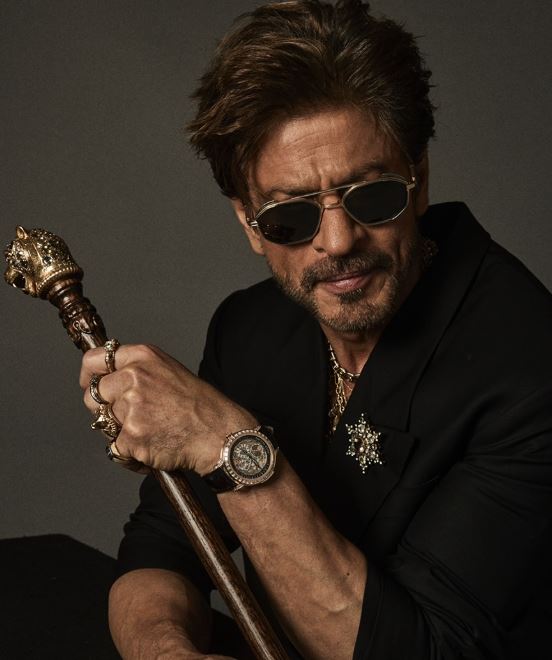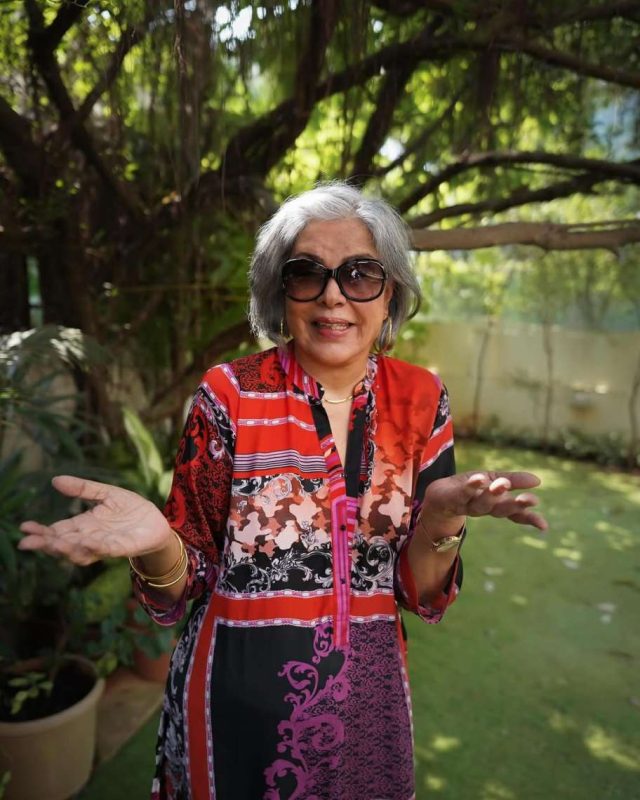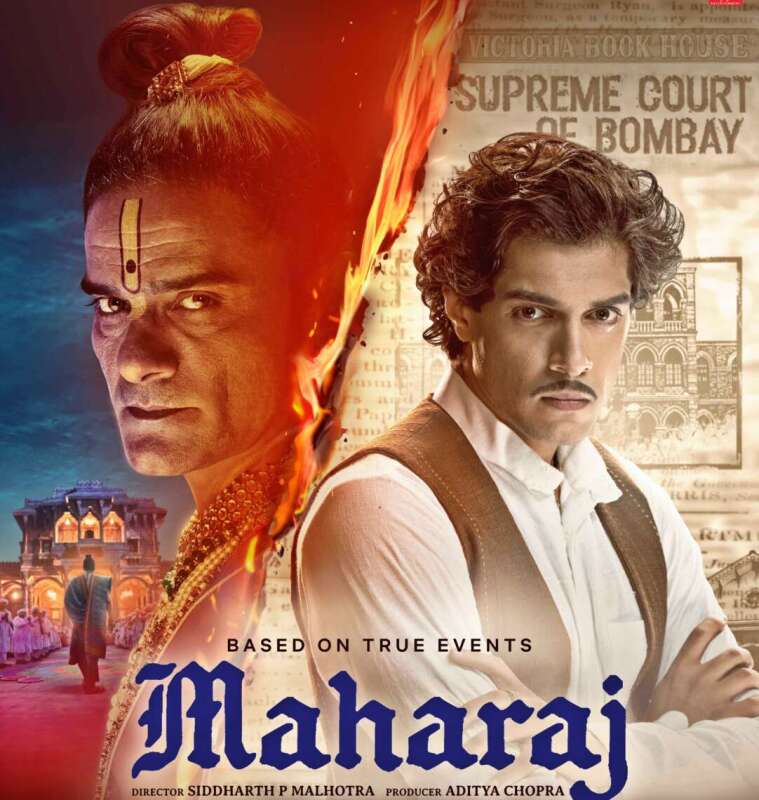The air of sadness that surrounded her – despite the best efforts of her film industry friends and well-wishers like Nargis to dispel – had a great deal to do with the vicissitudes of her forlorn life…writes Vikas Datta
The 10th Filmfare Awards in 1963 had the first ever – and only – instance of one actor scooping up all the nominations in a category. Hindi films’ “Tragedy Queen” Meena Kumari, known for portraying a wide gamut of wronged and long-suffering yet stoic Indian women, was the only contender for Best Actress – for “Aarti”, “Main Chup Rahungi” and “Saheb Bibi Aur Ghulam”.
She won for period tearjerker – and uncannily autobiographical – “Saheb Bibi Aur Ghulam”, in which she portrayed a lonely and melancholic woman who sets on her own self-destructive part to keep up with her dissolute husband. Meena Kumari played the role with such aplomb that it is hard to believe that she was not even 30 at that time.
This was her third Filmfare Award, after she won the inaugural award for Best Actress (1954) for “Baiju Bawra” (1952) and then, the 1955 edition of “Parineeta” (1953) – both scarcely much happier films.
It was curious but the scarcely four-decade-long lifespan of Meena Kumari, born as Mahjabeen Bano on this day (August 1) in 1933, was no less tragic as her roles in several iconic classics, spanning “Baiju Bawra” to “Dil Ek Mandir” (1963) to “Pakeezah” (1972).
Her penchant for playing a brace of misfortunate women – usually in thrall to a dominant, or tyrannic male figure, was compounded by the fact that her grief did not end when the shooting was done.
However, the main misfortune was that Meena Kumari had no need to get slotted as a tragedienne. She could do comic roles with panache too — as seen in films like “Azaad” (1955), Miss Mary” (1957), “Shararat” (1959), and “Kohinoor” (1960) — but never got much of a chance in this genre.
The air of sadness that surrounded her – despite the best efforts of her film industry friends and well-wishers like Nargis to dispel – had a great deal to do with the vicissitudes of her forlorn life.
She was abandoned at birth by her father – before a twinge of conscience made him return, and her childhood was cut short by her parents’ demand that she work to support the family – she was just four when her parents, stage artistes Ali Bux and Iqbal Begum took her around to various studios to convince filmmakers to feature her!
She was six when director-producer Vikram Bhatt featured her as the hero’s daughter in his costumed drama “Leatherface” (1939), where she was credited as “Baby Meena”. After a stint as a child artiste, it was Bhatt who eventually made her a household name with “Baiju Bawra”, opposite Bharat Bhushan, where she held her own despite its stellar music.
The same year, she would go on to marry filmmaker Kamal Amrohi, 15 years her senior, but the marriage soon went on the rocks as he tried to set rules for her film career and even allegedly mistreated her, and they eventually separated.
Then, a fairytale romance soured too, due to the machinations of jealous outsiders, and she was starved of genuine love and support. This led to a habit of heavy drinking that ultimately proved fatal when she was in her prime.
However, all this did not affect her onscreen performance. Even as her personal life went miserable, Meena Kumari went on to set milestones in Indian cinema with her roles in “Halaku” (1956), “Yahudi” (1958), “Char Dil Char Rahen” (1959), “Dil Apna Aur Preet Parayi” (1960), the three Filmfare Award nomination roles of 1962, “Benazir” (1964), “Bahu Begum” (1967), “Mere Apne” (1971) and eventually her swan-song, the long-delayed “Pakeezah”, completed just before her death in 1972, aged just 38.
Her strong roles and fame made even established male stars chary of appearing opposite her, with her unlikely biographer, journalist Vinod Mehta, noting that even Dilip Kumar, no less a purveyor of cinematic tragedy, grew flustered in her presence and Raaj Kumar frequently forgot his dialogues.
But despite her stature, she was always helpful to newcomers, and some of the earliest successes of Balraj Sahni, Shammi Kapoor, Sunil Dutt, Rajendra Kumar, Dharmendra and even Vinod Khanna (“Mera Apne”, 1971) were opposite her.
Intelligent and sensitive, Meena Kumari did not remain entirely passive and had one avenue of solace and self-expression – Urdu poetry, where under the pen name “Naaz”, she could fashion some imaginative and striking imagery or convey motifs of endearing wistfulness or restrained sadness.
“Shamaa hoon, phool hoon, ya ret pe qadmon ka nishaan/Aap ko haq hai mujhe jo bhi ji chahe keh le” is a couplet that uncannily echoes the crushed, social-conforming, desire-denied woman she played in countless tear-jerkers
“Ab yahaan kuch nahi sannata hi sannata hai/Dekh ke veerana log abh bhi yehi kehte hai/Kisi dulhan ka maqbara hai yeh khandar to nahi!” could be her self-epitaph.
ALSO READ-Varma’s New Film Aims to Humanize Mangrove Forests









